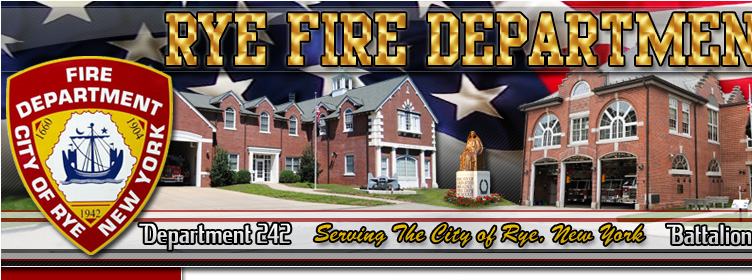|
| Incidents |
| Jan 2025 | 105 |
| Feb 2025 | 74 |
| Mar 2025 | 60 |
| Apr 2024 | 111 |
| May 2024 | 99 |
| Jun 2024 | 112 |
| Jul 2024 | 122 |
| Aug 2024 | 159 |
| Sep 2024 | 99 |
| Oct 2024 | 107 |
| Nov 2024 | 104 |
| Dec 2024 | 89 |
| Total | 1241 |
| Web Counters |
Website Visitors
Since
May 2, 2007
|
Visitors Today
Apr 12, 2025
|
|
|
|
|
|
|
|
|
|
Fire Safety for Children
Children playing with fire cause hundreds of deaths and thousands of injuries each year. Preschoolers are most likely to start these fires, typically by playing with matches and lighters, and are most likely to die in them.
Facts & figures
- In 2002, children playing with fire started an estimated 13,900 structure fires that were reported to U.S. fire departments, causing an estimated 210 civilian deaths, 1,250 civilian injuries and $339 million in direct property damage.
- Most of the people killed in child-playing fires are under 5, and such fires are the leading cause of fire deaths among preschoolers.
- Children also start fires by playing with candles, fireworks, stoves and cigarettes.
Safety tips
- Store matches and lighters out of children's reach and sight, up high, preferably in a locked cabinet.
- Never use lighters or matches as a source of amusement for children. They may imitate what you do.
- If your child expresses curiosity about fire or has been playing with fire, calmly but firmly explain that matches and lighters are tools for adults only.
- Use only lighters designed with child-resistant features. Remember child-resistant does not mean child proof.
- Teach young children to tell an adult if they see matches or lighters, and teach school-age children to bring any matches or lighters to an adult.
- Never leave matches or lighters in a bedroom or any place where children may go without supervision.
- If you suspect your child is intentionally setting fires or unduly fascinated with fire, get help. The RFD or school can put you in touch with trained experts.
|
|
|

